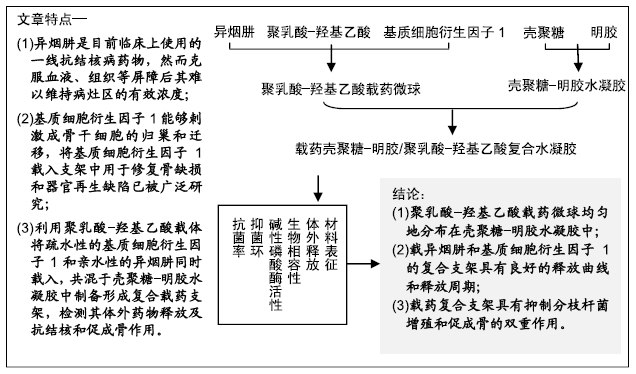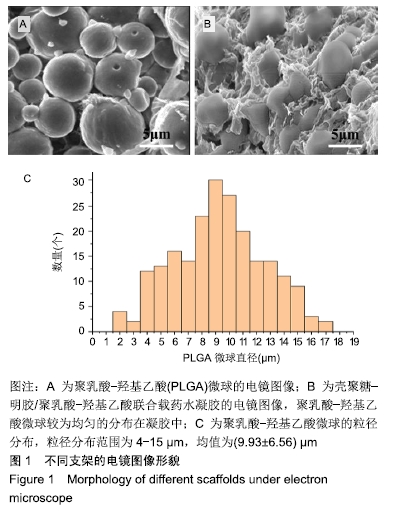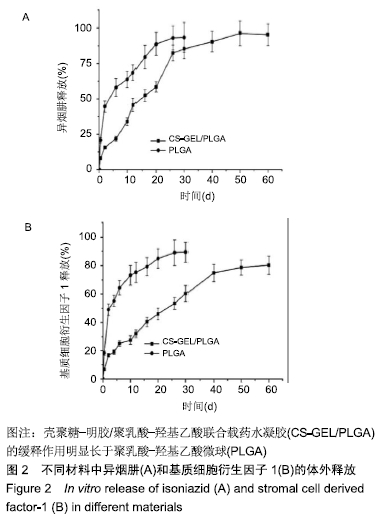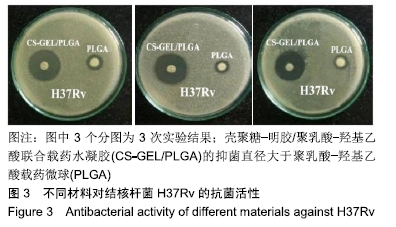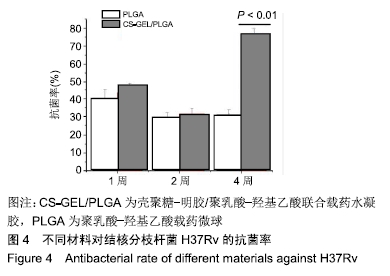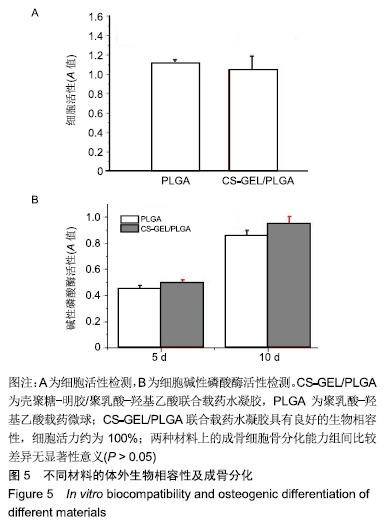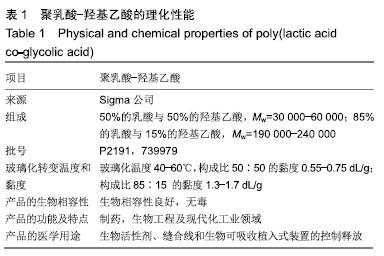[1] World Health Organization Global tuberculosis report 2017, 2018. http://www.who.int/tb/publications/global_report/en/. (Accessed 1 December 2017).
[2] LI L, XU J, MA Y, et al. Surgical strategy and management outcomes for adjacent multisegmental spinal tuberculosis: a retrospective study of forty-eight patients.Spine (Phila Pa 1976).2014;39(1):E40-48.
[3] PANG Y, AN J, SHU W, et al. Epidemiology of Extrapulmonary Tuberculosis among Inpatients, China, 2008-2017.Emerg Infect Dis. 2019;25(3):457-464.
[4] LI L, ZHANG Z, LUO F, et al. Management of drug-resistant spinal tuberculosis with a combination of surgery and individualised chemotherapy: a retrospective analysis of thirty-five patients. Int Orthop.2012;36(2):277-283.
[5] THEISS HD, VALLASTER M, RISCHPLER C, et al. Dual stem cell therapy after myocardial infarction acts specifically by enhanced homing via the SDF-1/CXCR4 axis.Stem Cell Res.2011;7(3):244-255.
[6] LAU TT, WANG DA. Stromal cell-derived factor-1 (SDF-1): homing factor for engineered regenerative medicine.Expert Opin Biol Ther. 2011;11(2):189-197.
[7] MACARTHUR JR JW, PURCELL BP, SHUDO Y, et al. Sustained release of engineered stromal cell–derived factor 1-α from injectable hydrogels effectively recruits endothelial progenitor cells and preserves ventricular function after myocardial infarction.Circulation.2013;128(11):S79-S86.
[8] ASHBAUGH AG, JIANG X, ZHENG J, et al. Polymeric nanofiber coating with tunable combinatorial antibiotic delivery prevents biofilm-associated infection in vivo.P Natl Acad Sci.2016;113(45): E6919-E6928.
[9] LEE EJ, HUH BK, KIM SN, et al. Application of materials as medical devices with localized drug delivery capabilities for enhanced wound repair.Prog Mater Sci.2017;89:392-410.
[10] HUANG D, LI D, WANG T, et al. Isoniazid conjugated poly (lactide-co-glycolide): long-term controlled drug release and tissue regeneration for bone tuberculosis therapy.Biomaterials. 2015;52: 417-425.
[11] LI D, LI L, MA Y, et al. Dopamine-assisted fixation of drug-loaded polymeric multilayers to osteoarticular implants for tuberculosis therapy.Biomater Sci.2017;5(4):730-740.
[12] MIN J, CHOI KY, DREADEN EC, et al. Designer dual therapy nanolayered implant coatings eradicate biofilms and accelerate bone tissue repair.ACS Nano.2016;10(4):4441-4450.
[13] KRISHNAN L, PRIDDY LB, ESANCY C, et al. Delivery vehicle effects on bone regeneration and heterotopic ossification induced by high dose BMP-2.Acta Biomater.2017;49:101-112.
[14] SHEKARAN A, GARCÍA JR, CLARK AY, et al. Bone regeneration using an alpha 2 beta 1 integrin-specific hydrogel as a BMP-2 delivery vehicle.Biomaterials. 2014;35(21):5453-5461.
[15] KRISHNAN L, PRIDDY LB, ESANCY C, et al. Hydrogel-based delivery of rhBMP-2 improves healing of large bone defects compared with autograft.Clin Orthop.2015;473(9):2885-2897.
[16] SONG SH, YUN YP, KIM HJ, et al. Bone formation in a rat tibial defect model using carboxymethyl cellulose/BioC/bone morphogenic protein-2 hybrid materials.Biomed Res Int.2014;2014:230152.
[17] YU F, XIE Y, WANG Y, et al. Chloroquine-containing HPMA copolymers as polymeric inhibitors of cancer cell migration mediated by the CXCR4/SDF-1 chemokine axis.ACS Macro Lett.2016;5(3):342-345.
[18] PARK K. Drug delivery research: the invention cycle.Mol Pharm. 2016; 13(7):2143-2147.
[19] HOFFMAN AS. Hydrogels for biomedical applications. Adv Drug Deliver Rev.2012;64:18-23.
[20] YOSHIZUMI T, ZHU Y, JIANG H, et al. Timing effect of intramyocardial hydrogel injection for positively impacting left ventricular remodeling after myocardial infarction.Biomaterials.2016;83:182-193.
[21] NIH LR, SIDERIS E, CARMICHAEL ST, et al. Injection of microporous annealing particle (MAP) hydrogels in the stroke cavity reduces gliosis and inflammation and promotes NPC migration to the lesion. Adv Mater. 2017;29(32):1606471.
[22] GU B, SUN X, PAPADIMITRAKOPOULOS F, et al. Seeing is believing, PLGA microsphere degradation revealed in PLGA microsphere/PVA hydrogel composites.J Control Release.2016;228:170-178.
[23] DOS SANTOS TC, HERNÁNDEZ R, RESCIGNANO N, et al. Nanocomposite chitosan hydrogels based on PLGA nanoparticles as potential biomedical materials.Eur Polym J.2018;99:456-463.
[24] KIM BJ, ARAI Y, CHOI B, et al. Restoration of articular osteochondral defects in rat by a bi-layered hyaluronic acid hydrogel plug with TUDCA-PLGA microsphere.J Ind Eng Chem.2018;61:295-303.
[25] GAO P, NIE X, ZOU M, et al. Recent advances in materials for extended-release antibiotic delivery system.J Antibiot.2011;64(9):625.
[26] KANIGA K, CIRILLO DM, HOFFNER S, et al. A multilaboratory, multicountry study to determine MIC quality control ranges for phenotypic drug susceptibility testing of selected first-line antituberculosis drugs, second-line injectables, fluoroquinolones, clofazimine, and linezolid.J Clin Microbiol.2016;54(12):2963-2968.
[27] BLONDIAUX N, MOUNE M, DESROSES M, et al. Reversion of antibiotic resistance in Mycobacterium tuberculosis by spiroisoxazoline SMARt-420.Science.2017;355(6330):1206-1211.
[28] MUKHERJEE JS, RICH ML, SOCCI AR, et al. Programmes and principles in treatment of multidrug-resistant tuberculosis. Lancet. 2004;363(9407):474-481.
|
